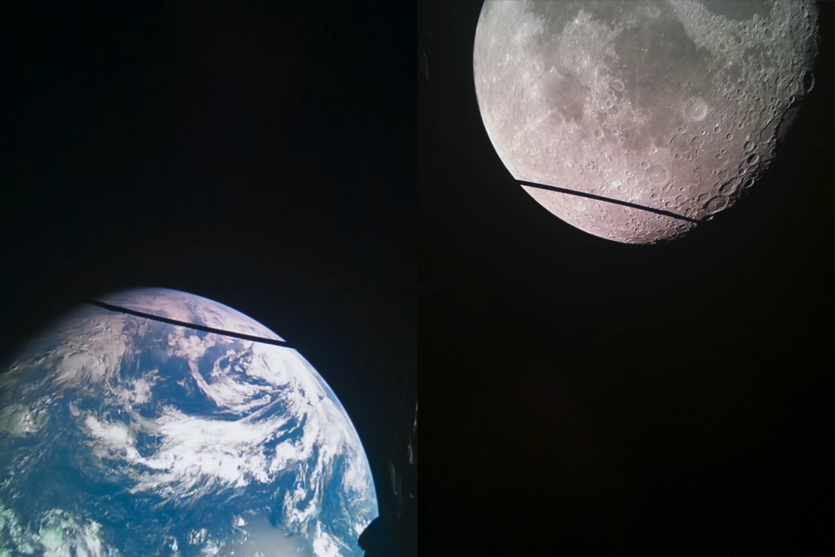
The Jupiter-bound JUICE probe «has shared footage of its flyby of the Moon and Earth with scientists European Space Agency (ESA) I made a minute and a half video out of them.
The JUpiter ICy moons Explorer (JUICE) spacecraft flew around the Moon and Earth and headed for Jupiter on a difficult path. It performed a risky maneuver on August 19-20. The gravity of the Moon and Earth will help the spacecraft reach Venus.
The photo was taken by two JUICE monitoring cameras designed to monitor the spacecraft’s booms and antennas. The flyby between the Moon and Earth also gave ground control the opportunity to test JUICE’s scientific instruments, all ten of which were turned on during the lunar flyby and eight — during the Earth flyby.
«The timing and location of this double flyby allow us to carefully study the behavior of the JUICE instruments. This is happening early enough in JUICE’s journey that we can use the data to prepare the instruments for arrival at Jupiter. Given how well we know the physical properties of the Earth, Moon, and surrounding space environment, it is also an ideal place to understand how the instruments respond to the real target,» writes Claire Vallat, project scientist.
The spacecraft is on an eight-year journey to Jupiter to investigate the habitability of its icy moons Europa, Ganymede, and Calisto. The gravity of the other planets allows the probe to accelerate and get on the right trajectory. The passage by the Moon increased the spacecraft’s speed by 0.9 km/s relative to the Sun and directed it toward the Earth. After a close convergence with the Earth, JUICE’s speed decreased by 4.8 km/s relative to the Sun, and it entered a trajectory toward Venus.
The spacecraft will make a loop around Venus in August 2025 and then head back to Earth. After that, JUICE will make two more flybys around the Earth: one in September 2026 and the other in January 2029. It is scheduled to enter Jupiter’s orbit in 2031. JUICE was launched in April 2023 from a spaceport in French Guiana. Its mission will last 12 years.
Source: ESA



Spelling error report
The following text will be sent to our editors: